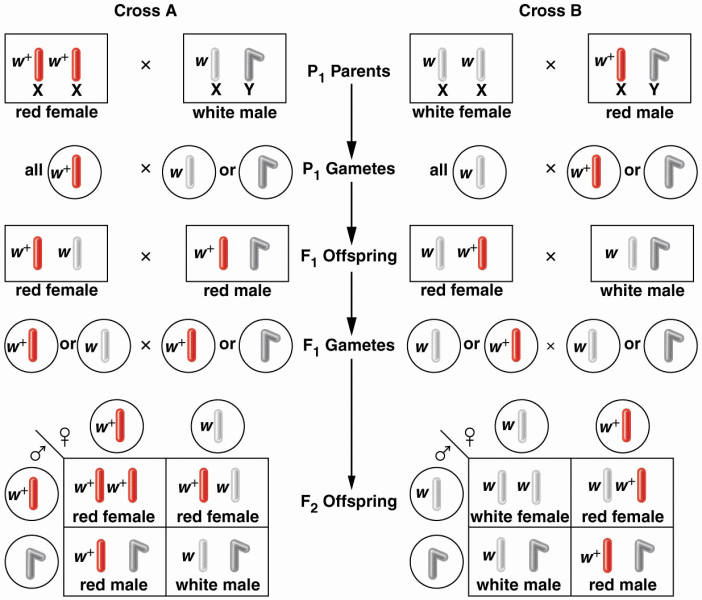Answer to Question 1
Family The primary influence on children is the family. When parenting is inadequate, a child's maturational processes will be interrupted and damaged. Youth who grow up in households characterized by conflict and tension, and where there is a lack of familial love and support, are susceptible to the crime-promoting forces in the environment. Adolescents who live in this type of environment develop poor emotional well-being, externalize problems, and engage in antisocial behavior. There is now evidence that children who grow up in homes where parents use severe discipline, yet lack warmth and are less involved in their children's lives, are prone to antisocial behavior. In contrast, parents who are supportive and effectively control their children in a noncoercive fashionparental efficacyare more likely to raise children who refrain from delinquency. Delinquency will be reduced if parents provide the type of structure that integrates children into families while giving them the ability to assert their individuality and regulate their own behavior.
School The literature linking delinquency to poor school performance and inadequate educational facilities is extensive. Youths who feel that teachers do not care, who consider themselves failures, and who do poorly in school are more likely to become involved in a delinquent way of life than adolescents who are educationally successful. School dropouts, especially those who have been expelled, face a significant chance of entering a delinquent career. In contrast, doing well in school and developing attachments to teachers have been linked to delinquency resistance. For some kids, school is a never ending horror show in which they are the target of bullying, violence and intimidation on school grounds. More than 15 percent of U.S. schoolchildren say they have been bullied by other students this term. In addition, 1.5 million violent incidents occur in public elementary and secondary schools each year.
Peer Relations. Because the typical adolescent struggles to impress his closest friends and to preserve their social circle, peer relations can be a double-edged sword. Popular kids socialize a lot and get to hang out with their friends without parental supervision; this freedom places them are at risk mainly because they have more unsupervised opportunity to get into trouble. Kids who maintain close relations with antisocial peers will sustain their own delinquent behavior into their adulthood
Religion and Belief Logic would dictate that kids who hold high moral values and beliefs, whom have learned to distinguish right from wrong, and who regularly attend religious services should also reject antisocial behaviors. Religion binds people together and forces them to confront the consequences of their behavior. Committing delinquent acts would violate the principles of all organized religions. With few exceptions, most research efforts do find that maintaining religious beliefs and attending religious services significantly helps reduce delinquency. Religion enhances the effect of parental affection in two parent homes and also helps kids living in single-parent homes resist the influence of deviant peers.
Student responses will vary.
Answer to Question 2
TRUE








